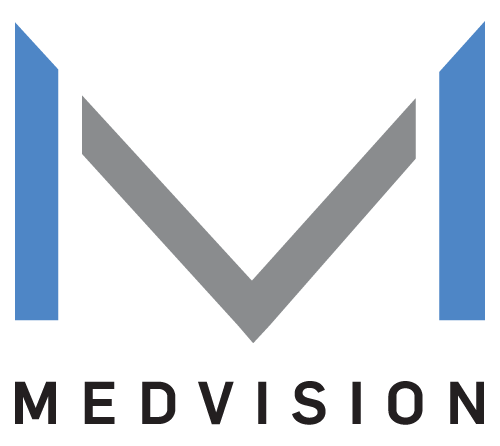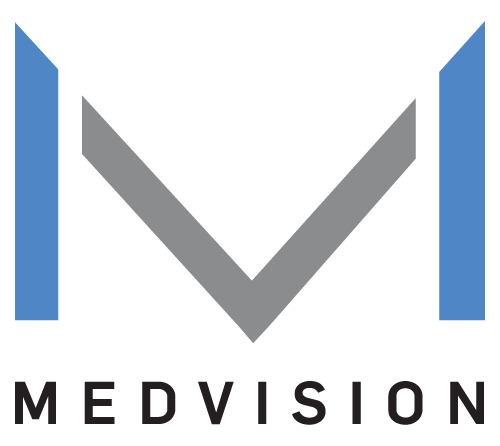Challenges in Traditional Claims Processing Workflows
The complexities in traditional claims processing workflows hold significant implications for healthcare providers and patients. These challenges impact revenue cycles and jeopardize the timely delivery of healthcare services, leading to long-term consequences for affected individuals.
Manual Data Entry and Processing
Many claims processing workflows rely heavily on manual data entry, resulting in errors and inefficiencies. According to the Kodiak RCA analysis,
initial denial rates are increasing from 10.15% in 2020 to 11.2% in 2022 and up to 11.99% in the first three quarters of 2023. This manual approach contributes to inaccuracies, delays, and denials that negatively impact provider revenue cycles.
Lack of Standardization
The lack of standardized processes in some processing workflows results in inconsistencies in formats and procedures. Without standardized guidelines, each step of the claims processing journey may vary, leading to confusion and inefficiencies. This lack of standardization also contributes to delays in approvals and adds complexity to the overall workflow.
Increased Risk of Errors and Fraud
Manual claims processing introduces a heightened risk of inaccuracies. The alarming denial rate of 18% reported by insured adults indicates the
severe health and financial implications that can arise from incorrect information. The convoluted procedures involved in manual claims processing create an environment conducive to mistakes, exacerbating the challenges payers and claimants face.
Addressing these challenges requires a shift towards more automated and standardized claims processing systems to enhance efficiency and diminish the risk of errors and delays.
Delays in Processing and Approval
Manual verification processes and a lack of streamlined systems contribute to extended processing times. These delays affect the timely reimbursement for healthcare providers and lead to frustrations for claimants who may experience prolonged waiting periods for approvals and settlements.
The Significant Impacts on Your Operations
Automated claims processing is a technological solution that leverages cutting-edge software to handle and manage various aspects of the claims workflow. This technology has several key benefits, which include:
1. Enhanced Efficiency
Automating claims processing offers a paradigm shift in the healthcare industry. Automation ensures precision by validating data against predefined rules, reducing manual intervention and the risk of errors.
Additionally, this automated approach provides many avenues for standardized data entry procedures, fostering consistency and compliance with industry standards.
2. Cost Savings
Automated medical claims management delivers significant cost savings by reducing operational expenses linked to manual processing. The system minimizes errors, mitigating the need for costly rework and ensuring efficient resource allocation.
The streamlined processes lead to financial savings and contribute to a more resource-efficient and economically viable healthcare operation.
3. Improved Accuracy and Compliance
Automated claims processing ensures improved accuracy and compliance in several key aspects:
- It guarantees accurate and consistent data entry by employing predefined rules and validations.
- Among other automation benefits, the system assures compliance with industry regulations and standards, reducing the likelihood of non-compliance issues.
- Automated processes lower the risk of errors and fraud through systematic checks.
4. Accelerated Clinical Data Procedures
Automated claims processing brings about accelerated clinical data procedures through various mechanisms. It streamlines the integration of clinical data into claims processing, ensuring an efficient flow of information between healthcare systems.
Automated systems contribute to faster decision-making and more timely patient care by reducing delays in processing clinical information.
5. Optimal Financial Outcomes
Automated claims processing is pivotal in achieving optimal financial outcomes for healthcare organizations. Automated processing expedites claims processing, resulting in faster reimbursement cycles and increased cash flow.
Furthermore, the claims processing software for healthcare reduces denials and rejections by adhering to industry standards. Increased revenue, reduced denials, and improved operational efficiency contribute to a more robust and financially sustainable healthcare ecosystem.
Maximizing Claims Processing Efficiency With Value-Based Administration Software
Optimizing claims processing efficiency has numerous advantages, such as enhanced financial well-being and more efficient operations. However, organizations may question whether technological solutions can aid them in obtaining these benefits.
One possible solution is value-based administration software, which can address the issues linked with conventional claims processing workflows.
QuickCap v7.0 is a prime example of software created to tackle these difficulties.
To clearly understand its capabilities, we have listed some key features you should consider when creating automatic claims processing workflows:
Comprehensive Claim Adjudication
- Automate reimbursement processes to reduce manual data entry errors
- Implement QuickCap's evidence-based guidelines for accurate and consistent data entry
- Leverage the software’s automation features to streamline data processing and eliminate manual bottlenecks
- Ensure data consistency and compliance through QuickCap's embedded HIPAA-compliant formats
Seamless Workflow Integration
- Integrate QuickCap v7.0 to establish uniform workflows across departments
- Implement the software’s referral and authorization management components for consistent processes
- Utilize customization features to enforce systematized data formats
- An interactive voice response (IVR) phone system enables automated calls for standardized communication on claim and authorization status
Automation and Editing Features
- Expedite claims adjudication using QuickCap's automation and editing functionalities
- Use customizable dashboards for real-time oversight and error prevention
- Configure the system to perform timely checks for potential errors and fraud
- Automate claims administration processes to reduce manual handling and associated risks
Predictive Analytics
- Utilize QuickCap's advanced analytics to identify processing delays
- Automate claims administration, authorizations, and referral processes for faster approvals
- Leverage QuickCap to set alerts for clinical and administrative procedures to ensure timely action
- IVR phone system automates standard calls to reduce communication delays, especially for claim and authorization status inquiries
Getting Started with Claims Processing Automation
Embarking on the journey toward claims processing automation is a strategic move that promises operational efficiency, reduced errors, and improved financial outcomes for healthcare organizations.
These are the essential steps to harness automation advantages in your claims processing:
1. Evaluate your existing claims processing workflow before diving into automation. Identify pain points, bottlenecks, and areas that require improvement. Understanding your current processes will help tailor the automation solution to your needs.
2. Establish clear objectives for implementing automation. Having defined goals will guide your automation strategy and measure its success.
3. Choose an automation solution that aligns with your organization's size, complexity, and unique requirements. To ensure a well-rounded solution, look for reimbursement abilities, workflow automation, and interoperability.
4. Select an automation solution that adheres to industry standards and incorporates robust security measures. Ensure that patient data is handled confidentially and in compliance with regulatory requirements.
5. Confirm that the medical claims processing software can integrate with Electronic Health Record systems, financial software, and other essential tools to maintain workflow continuity.
6. Provide intensive training for your team to adapt to the new automated processes. Implement change management to ensure a smooth transition and maximize the benefits of automation.
7. Regularly monitor the performance of the claims processing
system. Evaluate critical metrics such as processing times, error rates, and financial outcomes. This continuous assessment allows you to make necessary adjustments and optimize the system further.
Elevate Your Claims Processing With MedVision
Unlock the power of automation with QuickCap v7.0 and transform your claims processing workflows. MedVision’s cutting-edge automation solution ensures precision, speed, and efficiency from data entry to reimbursement.
Schedule a consultation to discover how we can enhance your claims processing workflows and improve patient care.
Ready to Optimize Your Claims Processing?












